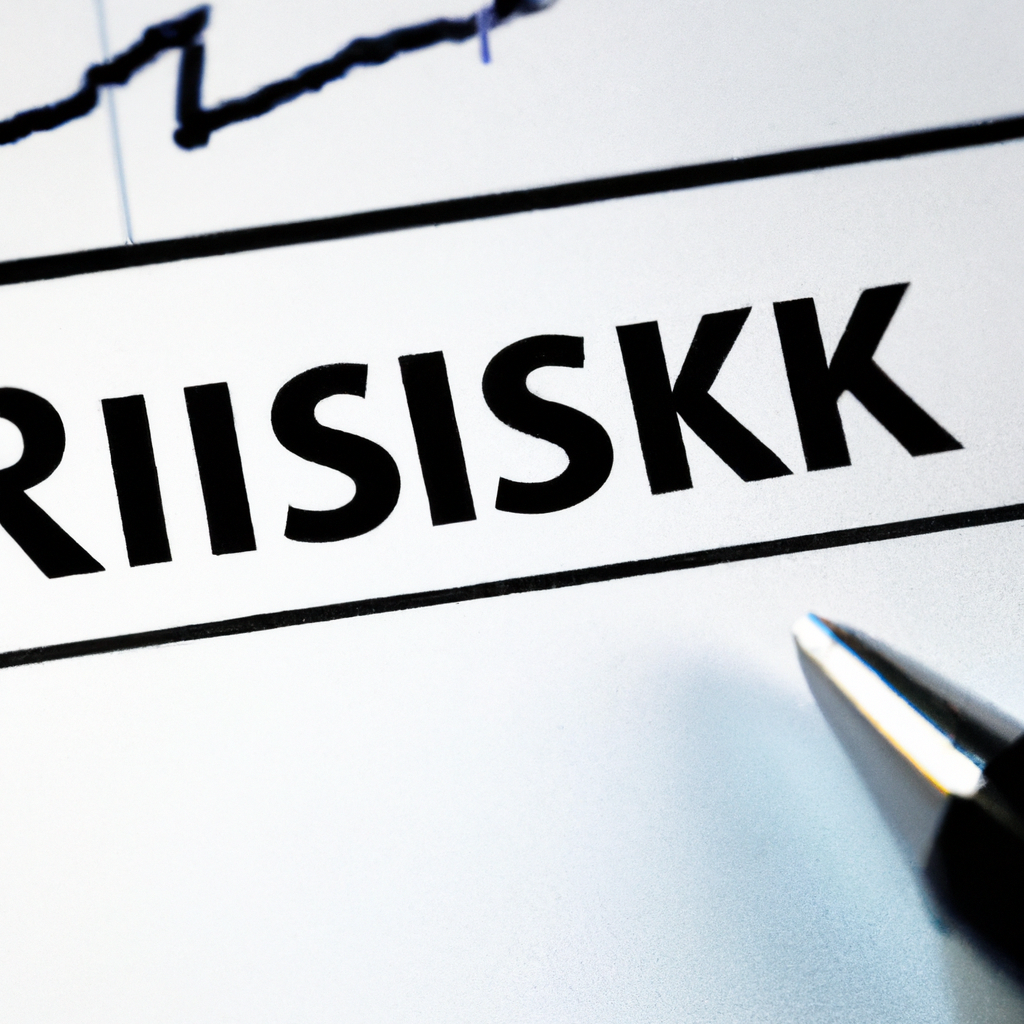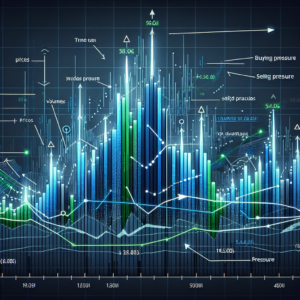
Risk Management Using Technical Analysis
Introduction
Risk management is an essential aspect of successful trading and investing. It involves identifying and evaluating potential risks and implementing strategies to minimize or mitigate them. One effective approach to risk management is through the use of technical analysis. Technical analysis involves analyzing historical price and volume data to predict future price movements. By applying technical analysis techniques, traders can better understand the risks associated with their investments and make informed decisions.
Identifying Risk Levels
The first step in risk management using technical analysis is to identify the risk levels associated with a particular investment. Technical analysis provides various tools and indicators that help traders assess the riskiness of a security or market. These tools include trend lines, support and resistance levels, moving averages, and volatility indicators.
Setting Stop Loss Orders
Stop loss orders are an essential risk management tool that can be effectively implemented using technical analysis. A stop loss order is an instruction to automatically sell a security when it reaches a certain price level. By setting a stop loss order, traders can limit their potential losses if the market moves against their position.
Using Risk-Reward Ratios
Technical analysis allows traders to calculate risk-reward ratios, which help determine the potential profitability of an investment compared to the potential loss. By analyzing historical price patterns and support/resistance levels, traders can identify potential entry and exit points for a trade. This analysis enables them to assess the potential reward in relation to the risk involved.
Implementing Position Sizing Strategies
Position sizing is a crucial aspect of risk management. Technical analysis can help traders determine the appropriate position size based on their risk tolerance and the volatility of the market. By considering factors such as the distance to the stop loss level and the potential target price, traders can calculate the optimal position size that ensures they are not risking too much capital on a single trade.
Monitoring Market Conditions
Technical analysis provides traders with tools to monitor market conditions continuously. By regularly analyzing price charts and indicators, traders can identify changes in market trends, volatility, or other factors that may increase the risk associated with their investments. This ongoing monitoring allows for timely adjustments to risk management strategies.
Conclusion
Risk management is crucial for successful trading and investing. By incorporating technical analysis techniques into their risk management strategies, traders can better understand and manage the risks associated with their investments. Identifying risk levels, setting stop loss orders, using risk-reward ratios, implementing position sizing strategies, and monitoring market conditions are all essential components of risk management using technical analysis. By combining these strategies, traders can enhance their decision-making process and increase the likelihood of achieving their investment goals while minimizing potential losses.





